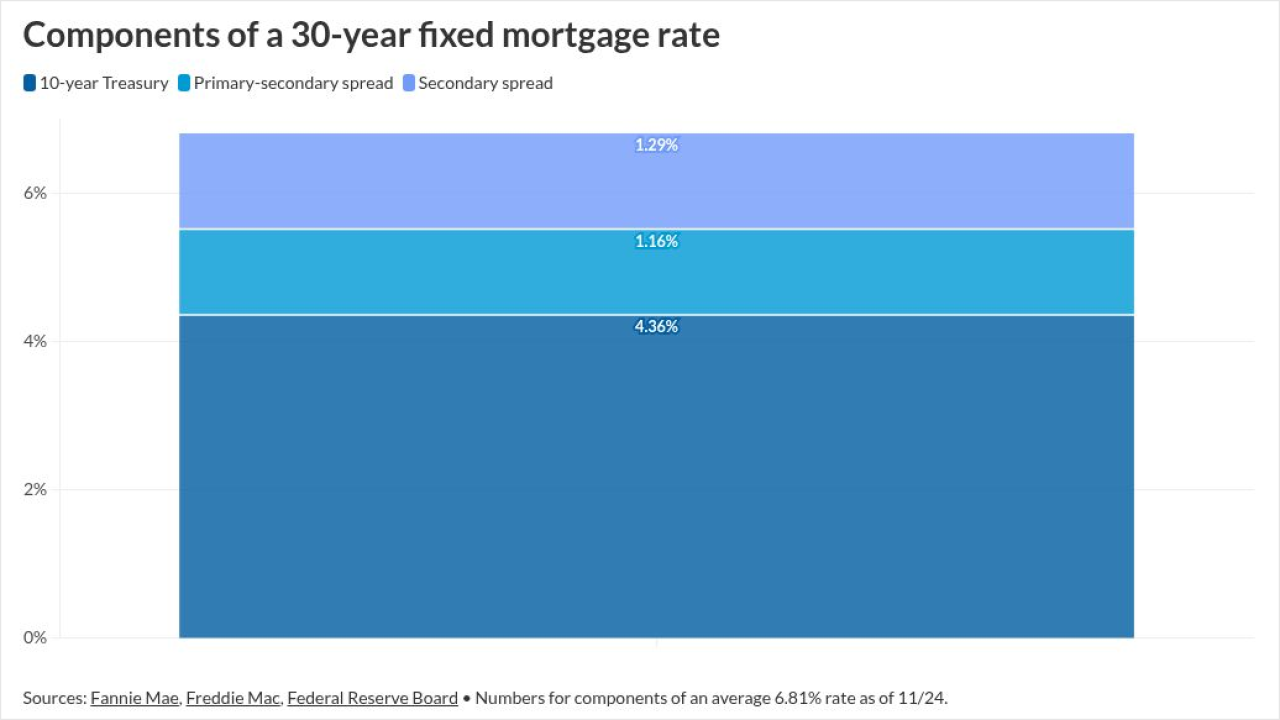Mosaic’s next solar loan securitization includes an unspecified portion of loans that it previously sold to Goldman Sachs.
In September, the solar loan provider inked an agreement to sell $300 million of loans to Goldman on a forward flow basis. The deal provided Mosaic, which has been growing rapidly but is still losing money, with an additional source of funding, as well as a vote of confidence.
Now Goldman is contributing some of those loans as collateral for the $317.5 million Mosaic Solar Loan Trust 2018-2-GS. It’s a strategy that the bank and some of its peers have used to invest in consumer loans made by marketplace lenders such as CommonBond.
Goldman is making its mark on the deal in other ways, too. No surprise, it’s the lead manager of the offering and the initial purchaser of the notes (which will then be distributed to other investors). Goldman is also holding onto a portion of each tranche of notes to be issued in order to comply with risk retention rules.

Here’s where things get interesting.
Each month, 95% of available funds from interest and principal payments on the collateral will be allocated to the “distribution account” to be paid to notes sold to third-party investors and 5% will be allocated to the “retained interest distribution account” to be paid to the notes held by Goldman. Kroll stops short of saying that the collateral itself is segregated into loans supporting the risk retention interest and loans supporting the other notes, though it comes pretty close. The presale report says that it is “useful to consider a divided collateral pool.”
The rating agency notes dryly that it believes this structure is “unique” and “creates an additional level of complexity that investors must consider.”
Complexities. Not risks.
The presale report does not elaborate, but these complexities might include the fact that the credit characteristics of the loans Goldman is contributing are slightly different than those Mosaic itself is contributing. Namely, they are more seasoned, 10 months, on average, versus six months for the loans that Mosaic is contributing, according to Kroll. Other credit characteristics, however, including FICO scores, principal balance, original term and state concentration, are similar.
Another complexity might be the fact that segregating the collateral, or at least the available funds, would seem to violate the spirit, if not the letter, of risk retention rules.
Kroll expects to assign an A- rating to the senior tranche of Class A notes to be issued by Solar Mosaic 2018-2-GS, one notch lower than the A it assigned to the senior tranche of Mosaic’s three previous deals. That rating applies equally to the 5% of notes retained by Goldman and the 95% that will be distributed to other investors.
The overall pool of loans backing Mosaic 2018-1 is slightly riskier than that of Mosaic's previous deal, by at least one measure: The borrowers have a lower weighted average credit score (741 versus 743). Partly for this reason, the rating agency expects gross defaults to be slightly higher, at 7.20% over the life of the deal, versus 7% for the previous deal. The loans that have a similar weighted average choice rate (4.55% versus 4.52%), however.
The presale report reiterates additional risks that Kroll cited for Mosaic's previous transactions, including limited performance data and use of proxy data, the impact of manufacturers, installers or performance guarantors failing to honor their warranty/guarantee, collateral with interest rates and/or monthly payments that may increase, longer-term consumer loans and changing technology.




